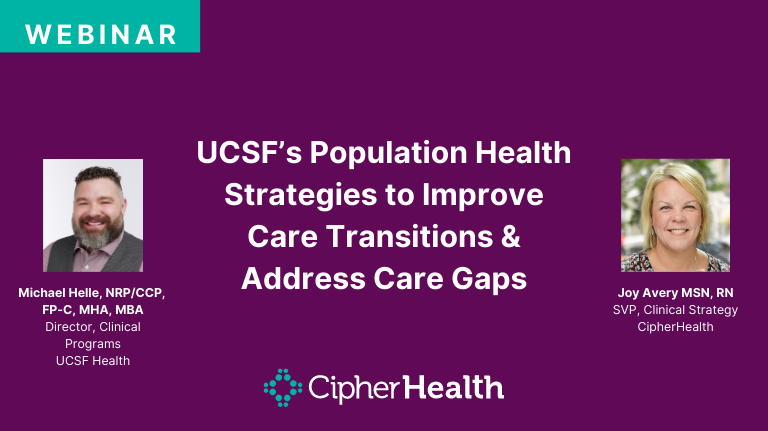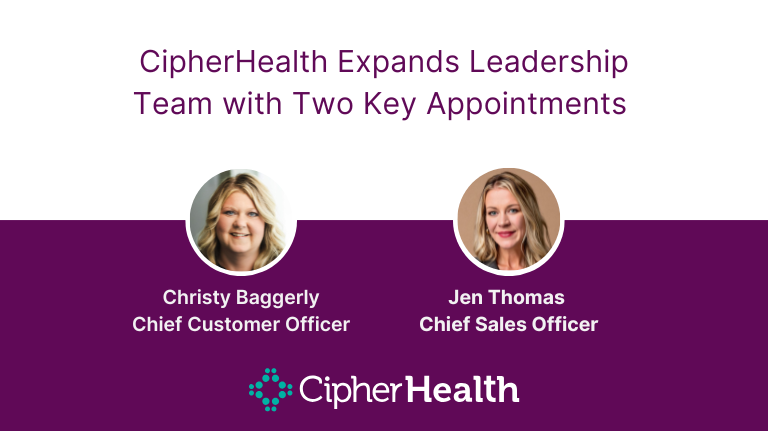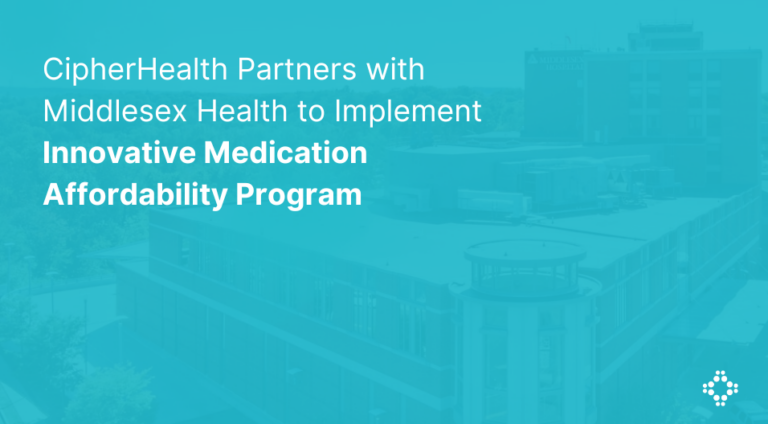Closing gaps in care by promoting regular wellness visits contributes widely to improved quality of care and overall population health, while decreasing costs. Through programs like Healthcare Effectiveness and Data Information Set (HEDIS) and Patient-Centered Medical Home (PCMH), the Centers for Medicare & Medicaid Services (CMS) and the National Committee for Quality Assurance (NCQA) have linked reimbursement (or penalties) for healthcare services to patient outcomes.
Patient engagement is a key contributor toward successful HEDIS scores and PCMH recognition. Especially in these fragile times fraught with concerns over states reopening too quickly, patient engagement becomes even more crucial in minimizing the impact of deferred care and other challenges posed by the COVID-19 crisis. The benefits of closing care gaps are becoming even more essential, as we move through phases of the COVID-19 pandemic, to drive essential patient loyalty, improve access to follow up care, and achieve better population health outcomes.
One Health System’s Success with Preventive Outreach for Wellness Visits
Consistent engagement with patients was proven to promote compliance with scheduling annual wellness visits for one of the largest public health systems in the U.S. CipherHealth worked with this health system to identify and reach safety-net patients in need of scheduling an appointment. We implemented a program in which automated calls went out to nearly 170,000 patients, the majority of whom hadn’t seen their PCP in more than 12 months. Patients received educational reminders for their annual wellness visits. Subsequently, patients who wished to schedule a preventive screening or other wellness checks were connected to a non-clinical call center representative to assist with making an appointment.
The health system significantly exceeded its communications goal for engaging this hard-to-reach population using CipherHealth’s automated outreach technology. In addition, they were able to gain actionable insights into this population, including patients’ language preferences, a key data point that will help them better serve the community in the short- and long-term.
Automated calls allow patients multiple opportunities to communicate their needs while providing the health system with the information and workflow alerts necessary to help address patients’ concerns quickly. By partnering with CipherHealth, this health system ensures all eligible patients receive preventive health outreach to close gaps in care — at a time in our history when it’s never been more important to do so.
To learn more about this study, download our Customer Research, “Using Automated Preventive Outreach to Close Care Gaps and Reengage Patients in Their Care”.








